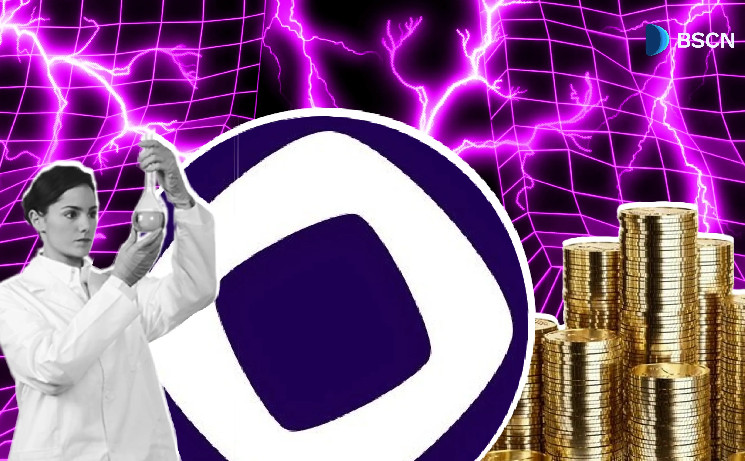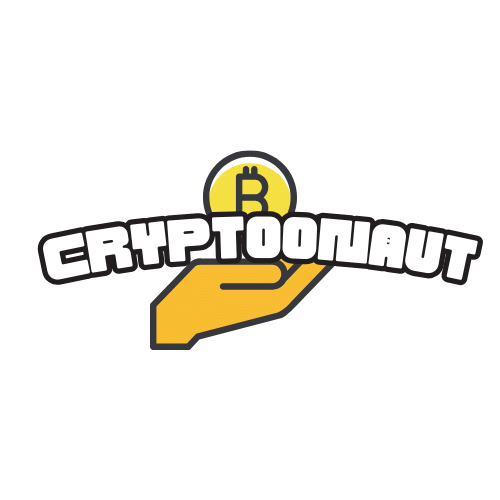
One of the most talked-about initiatives in the blockchain space is the Monad Testnet, a testing platform for a high-performance, Ethereum-compatible blockchain that promises to reshape decentralized applications (dApps).
Launched on February 19, 2025, by Monad Labs, this testnet offers developers and users a risk-free environment to explore its capabilities ahead of an anticipated mainnet debut later this year, including a potential airdrop. With claims of handling 10,000 transactions per second and near-zero fees, Monad Testnet is drawing attention from the crypto community.
With this in mind, BSCN is excited to explore the platform and uncover why most crypto and Decentralized Finance (DeFi) enthusiasts are buzzing about it. Further, if you are new to the protocol, this deep dive promises to teach you how to get started and onboard into the Monad ecosystem. Here’s everything you need to know about this emerging platform.
What Is the Monad Testnet?
The Monad Testnet is the public testing phase of Monad, the Layer 1 blockchain designed to tackle the so-called blockchain trilemma by balancing scalability, security, and decentralization. Unlike the mainnet, which will handle real-world transactions, the testnet is a sandbox where developers can build and test dApps and users can experiment with features like trading and NFT minting, all using valueless test tokens.
The platform went live in February and has since become a hub for innovation. Its primary goal is to refine Monad’s technology before its full launch, expected in late 2025, while allowing the community to engage with its features.
Key Features of Monad Testnet
Monad Testnet stands out for its technical prowess, boasting specs that could rival established blockchains. Here’s a breakdown of its core features:
Lightning-Fast Transactions
Monad claims a throughput of 10,000 transactions per second (TPS), far exceeding many competitors. With block times of just 0.5 seconds and single-slot finality in one second, transactions are confirmed almost instantly representing a much-needed upgrade for applications needing speed.
Near-Zero Fees
Gas fees, the soul of many blockchain users, are virtually nonexistent on Monad Testnet. This cost efficiency stems from its high-performance Proof of Stake (PoS) consensus mechanism, making it attractive for developers building scalable dApps.
Ethereum Compatibility
One of Monad’s biggest draws is its 100% compatibility with the Ethereum Virtual Machine (EVM). This means developers can use existing Ethereum tools, libraries, and smart contracts without starting from scratch—a feature that lowers the entry barrier for blockchain builders.
Innovative State Management
A lesser-known but critical feature is MonadDB, which stores most blockchain data on SSDs rather than RAM. This reduces hardware demands, cuts costs for node operators, and promotes decentralization by making it easier for more people to participate.
These features are detailed on its website, positioning the protocol as a blockchain that could handle millions of users without sacrificing performance or security.
How to Get Started with Monad Testnet
Getting involved with Monad Testnet is straightforward, whether you’re a developer or a casual user. Here’s how:
Setting Up a Wallet
Supported wallets include Phantom, OKX, Metamask, and Backpack. Users can connect via the testnet site or manually add the network. Here is a short guide:
- Head over to the Monad Testnet website: https://testnet.monad.xyz
- Connect your wallet. Monad recommends using the Phantom wallet because it has native support for the testnet.
- For other wallets, you can add the testnet manually...
Network Name: Monad Testnet
Chain ID: Monad Testnet
Block Explorer URL: https://testnet.monadexplorer.com/
RPC URL: https://testnet-rpc.monad.xyz/
Currency Symbol: MON
Grabbing Test Tokens
Since this is a testnet, transactions use tokens with no real-world value. You can claim MON testnet tokens from the faucet at faucet.trade/monad-testnet-mon-faucet.
Trading on Uniswap
Uniswap, a leading decentralized exchange, supports Monad Testnet. To trade, enable “Testnet mode” in your wallet, select Monad Testnet on app.uniswap.org/swap, and start swapping or providing liquidity. Refer to the Uniswap Blog HERE to learn more.
Exploring NFTs and Games
The testnet also hosts NFT minting on platforms like Magic Eden and community games like the Fantasy Top Tournament, where users build decks and compete weekly. These activities can be found on the website. For developers, the portal at developers.monad.xyz offers resources to start building, while events like hackathons provide additional incentives.
Community Engagement and Events
Monad Testnet, while focusing on enhancing its technical capabilities ahead of the mainnet launch, also focuses on the community. Since its launch, it’s fostered a vibrant ecosystem of users and builders. Here are some highlights:
Hackathons and Competitions
The evm/accathon at ETHDenver 2025 and the Monad Madness pitch competition are significant draws. The latter offers $1 million in prizes and a potential $60 million investment, encouraging developers to innovate on the platform.
Why Monad Testnet Matters
For blockchain enthusiasts, Monad Testnet offers a glimpse into the future of decentralized tech. Its ability to process 300 million gas per second, enough to hit that 10,000 TPS mark, suggests it could power everything from gaming platforms to financial tools. The EVM compatibility also makes it a practical choice for developers already versed in Ethereum’s ecosystem.
But it’s not just about numbers. By lowering hardware costs with MonadDB, the platform takes a step toward true decentralization, a goal many blockchains struggle to achieve. This could democratize node operation, broadening participation.
While the testnet is a playground, it’s not without risks. Monad Labs and community voices stress caution, use new wallets, avoid suspicious links, and treat it as an experimental space. The platform’s evolving nature means features today may differ from the mainnet, so users should temper expectations. Finally, users can also position themselves for a future airdrop by the platform.
What’s Next for Monad?
Monad testnet is in full swing, with developers and users actively shaping its future. The mainnet, slated for late 2025, will build on this foundation, potentially rolling out a polished version of what’s being tested. Until then, the testnet remains a critical proving ground.
The platform’s progress is worth watching for those tracking blockchain trends. Its blend of speed, affordability, and compatibility could make it a contender in the crowded Layer 1 space. Whether it delivers on its promises will depend on how well this testnet phase refines its tech and rallies its community.
Conclusively, the innovation is more than a technical trial but a community-driven experiment that could redefine blockchain performance. With its high TPS, low fees, and EVM compatibility, it’s poised to attract developers and users alike. Whether you’re a tech expert, trader, or curious crypto enthusiast, now’s the time to dive in and see what Monad has in store.
